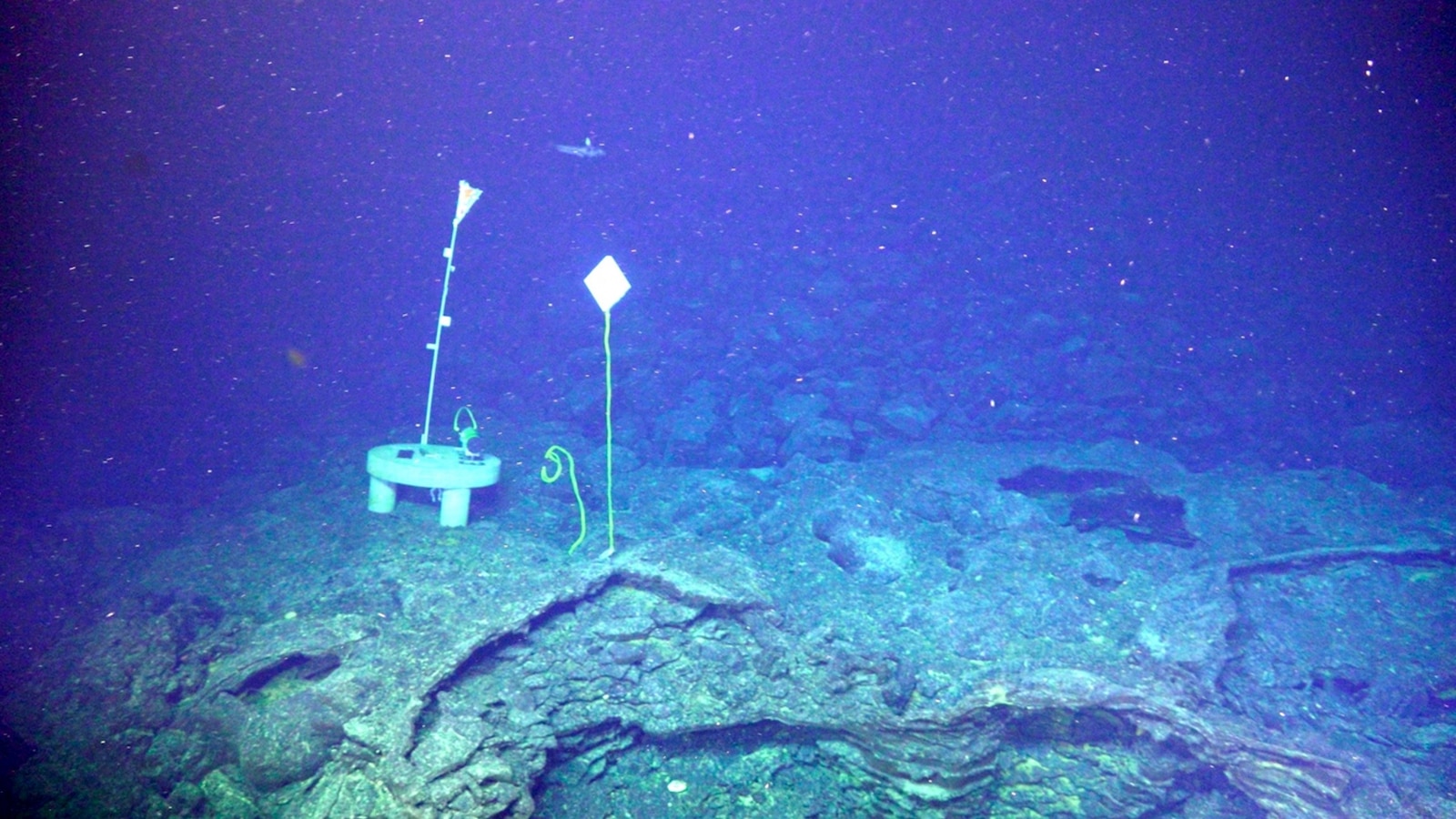Is the Axial Seamount About to Blow? Underwater Volcano Shows Signs of Eruption!










2025-08-19T21:59:42Z

Did you know an underwater volcano off the coast of Oregon is preparing to erupt? Get ready, because the Axial Seamount, lying 300 miles offshore and 4,900 feet beneath the waves, is sending alarming signals that it may soon make headlines with a volcanic display!
According to volcanologists from Oregon State University, since the start of this year, the Axial Seamount has been behaving like a balloon inflating with molten rock. William Chadwick, a research associate at OSU, shared with ABC News that the volcano's swelling is a clear sign of the pressure building beneath the surface.
But that’s just the beginning of this fiery saga. The seismic activity surrounding the volcano has also intensified dramatically. In June alone, over 2,000 earthquakes were recorded in just one day—yes, you heard that right! Earthquakes like this are not your everyday occurrences; they indicate that the volcano is gearing up for something big.
For decades, Axial Seamount has proven to be the most active submarine volcano in the northeast Pacific, erupting three times since monitoring began in 1998—each time in 1998, 2011, and 2015. It’s displayed a remarkably consistent pattern of activity, and researchers are closely watching to see if this year will add to that eruptive history.
To keep tabs on Axial and its volcanic antics, scientists utilize an impressive network of instruments and cables connecting the volcano to the shore. This includes seismometers that continuously feed real-time data on the seismic activity. The technology is sophisticated: miles of fiber optic cable supply power and internet to instruments on the seafloor, enabling researchers not just to monitor volcanic activity, but also study how life in these extreme conditions reacts to eruptions.
Rika Anderson, an associate professor at Carleton College, noted that understanding these deep-sea volcanoes can provide critical insights into potential eruptions on land, some of which might endanger human lives. The Axial Seamount typically erupts in a controlled manner, occurring far enough from the coast to avoid threatening communities. But still, accurate predictions of these underwater eruptions could be a game-changer for volcanologists.
And let’s not forget the tiny microbes living in these extreme environments. Anderson explains how these microscopic creatures thrive in boiling hot waters and survive by feeding on iron or sulfur, potentially holding secrets about the evolutionary history of life on Earth. By studying their response to the changing conditions in the caldera, researchers aim to unlock mysteries that could have implications far beyond the depths of the ocean.
 Maria Kostova
Maria Kostova
Source of the news: ABC News